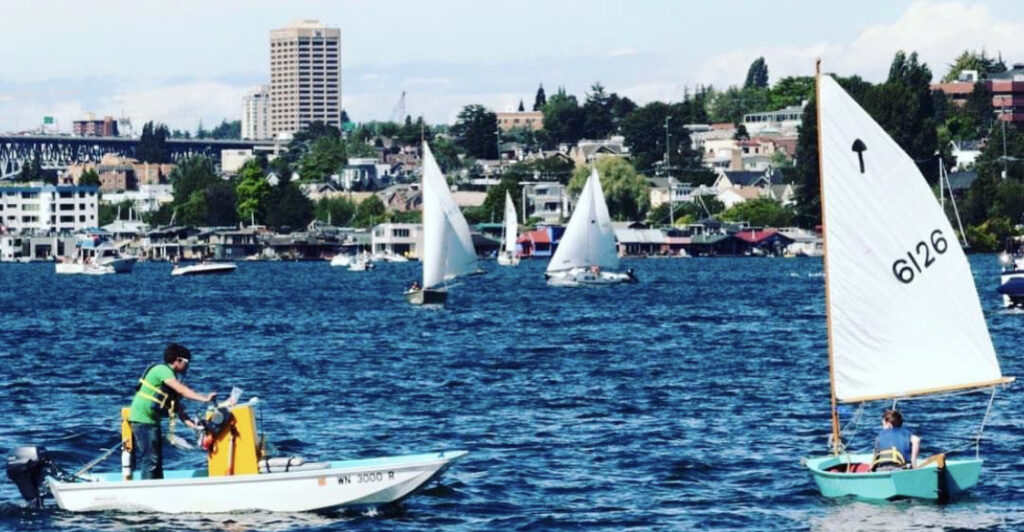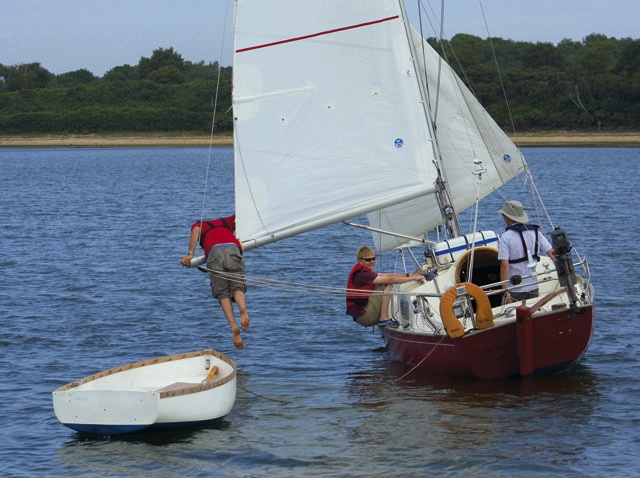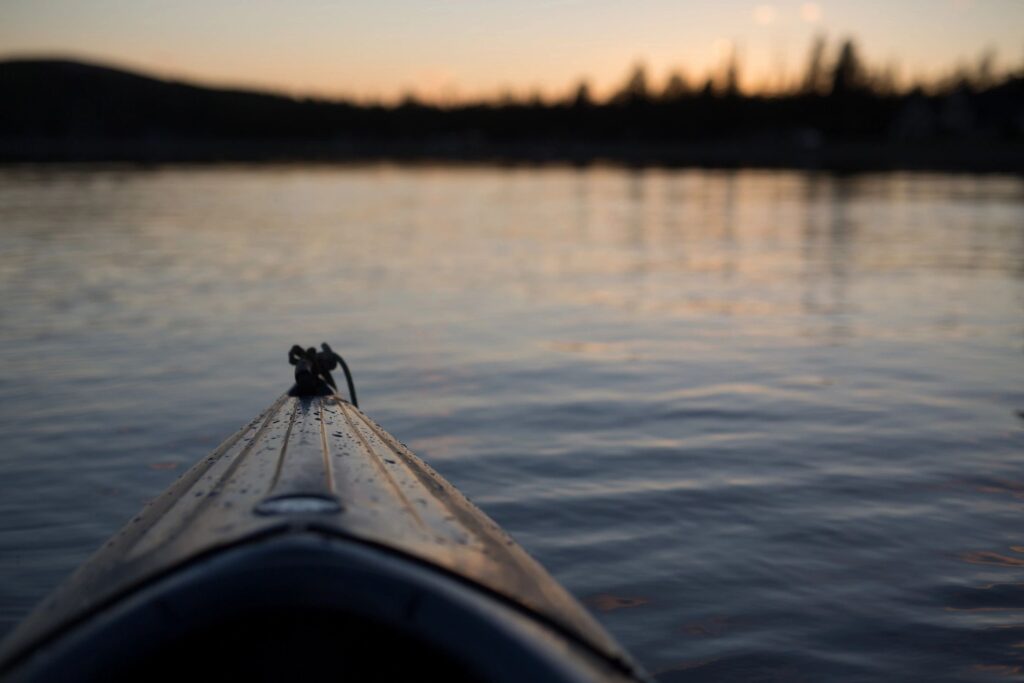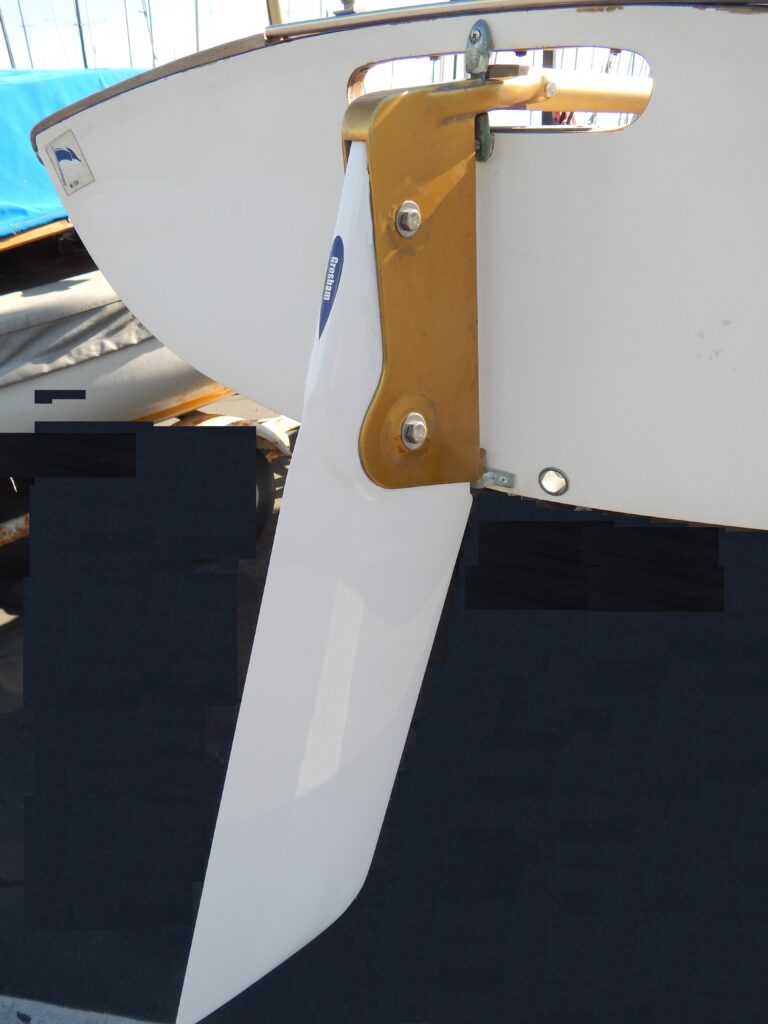Sailing Terms for Beginners
My name is Jeremy. I was raised in the YMCA summer sailing camps on a bay in a small town on the North Olympic Peninsula of Washington State. Within a few lessons I began my volunteering career as a sailing instructor. At first, I was just an aide. then later on in my twenties I became certified with US Sailing. I taught kids of all ages the basics of sailing with all the ancient terms from the 17th to 19th centuries. I worked for several years at the Center for Wooden Boats on Lake Union in Seattle. During my time at the Center, I passed my Captains License exams. I lived aboard the Arthur Foss tugboat giving tours and doing maintenance, also on Lake Union. I spent a short time building boats at the Northwest School for Wooden Boat Building near Port Townsend.

- Aft

Going towards the back of the boat in the direction of the “stern,” the rear of the boat.
2. Bow

The front of the boat is called the bow. Knowing the location of the bow is important for understanding two of the directional sailing terms: port (left of the bow) and starboard (right of the bow).
3. Port
Port is always the left-hand side of the boat when you face the bow. Because “right” and “left” can be confusing sailing terms when used away from land, port is used to understand where the left-hand side of the boat is as it relates to the bow.
4. Starboard
Starboard is always the right-hand side of the boat when you face the bow. Again, because “right” and “left” can be confusing sailing terms when used away from land, starboard is used to define the right-hand side of the boat as it relates to the bow.
5. Windward
The direction in which the wind is currently blowing. Windward is the opposite of leeward (the opposite direction of the wind). Sailboats move with the wind, making windward easy to remember as the closest side of the boat to the oncoming wind.
6. Leeward
Also known as lee, leeward is the direction opposite to the way the wind is currently blowing in relation to your boat.
7. Rudder

The rudder is a fin placed in the water off the stern, made of wood, fiberglass, or metal that is used to steer the boat.
8. Boom
The sail is held up by poles that form an L shape one is horizontal, called the boom, the other is vertical, called the mast. Adjusting the boom changes the shape of the sail and the speed or direction of the boat.
9. Tacking
Turning the bow of the boat through the wind so that the wind changes from one side of the boat to the other side. The boom will shift from one side to the other when you tack. A good way to remember the boom is that eventually everyone gets hit on the head with it. At that moment you will understand the boom forever! BOOM! Kids would always laugh
10. Jibing (Rhymes with Scribing)
Turning the stern of the boat through the wind so that the wind changes from one side of the boat to the other side. As with a tack the boom will switch sides again. Jibing is more difficult because the boom usually swings more violently from one side to the other.

